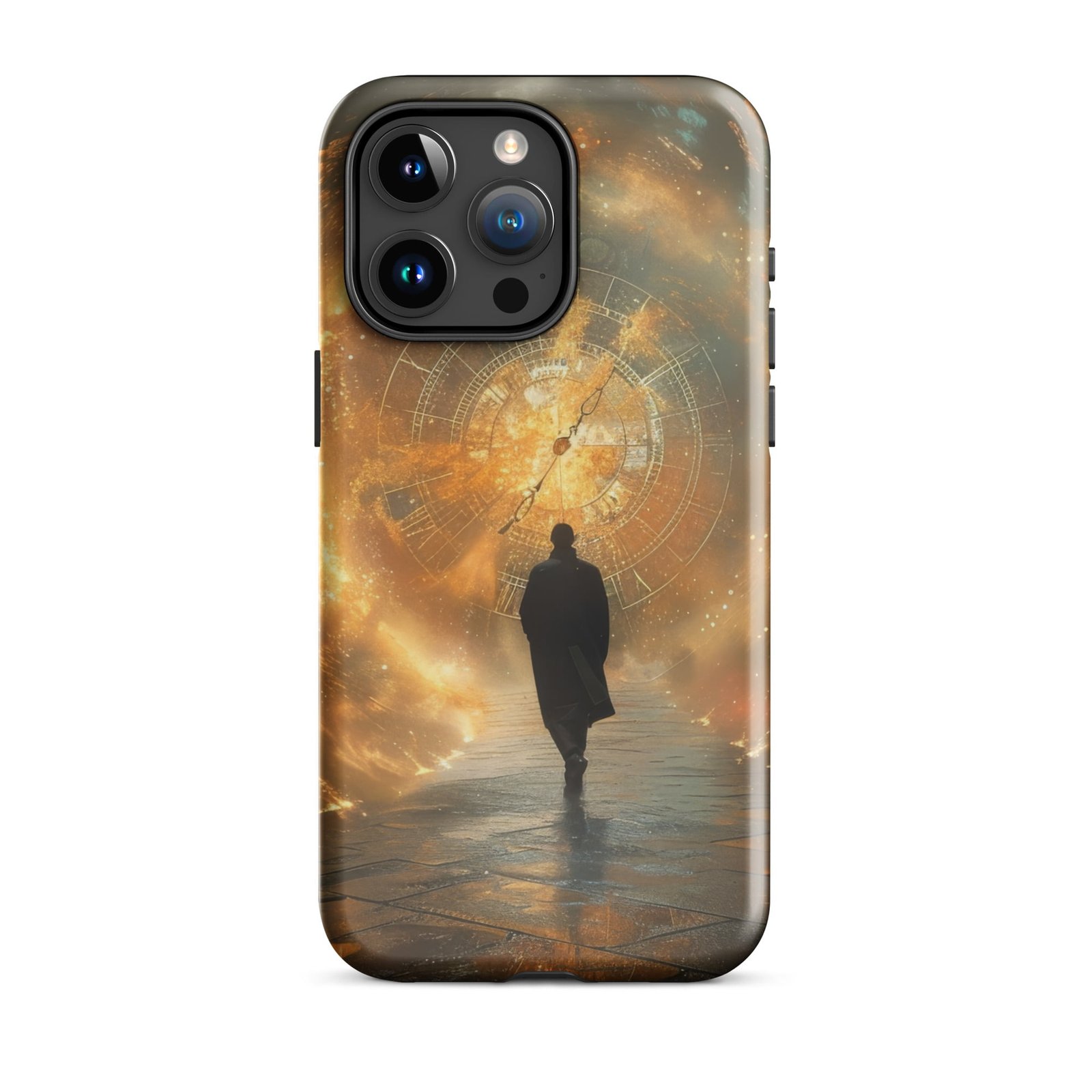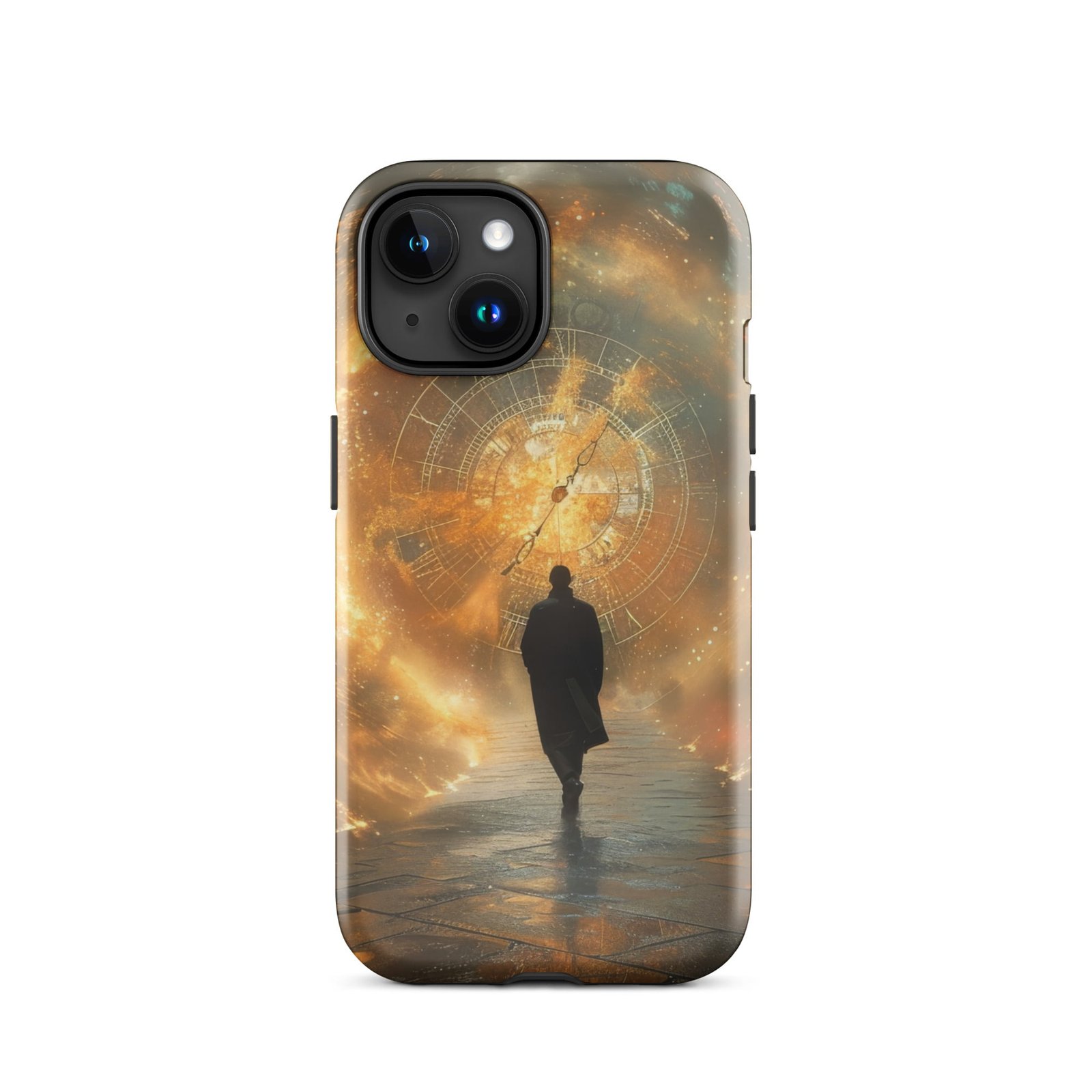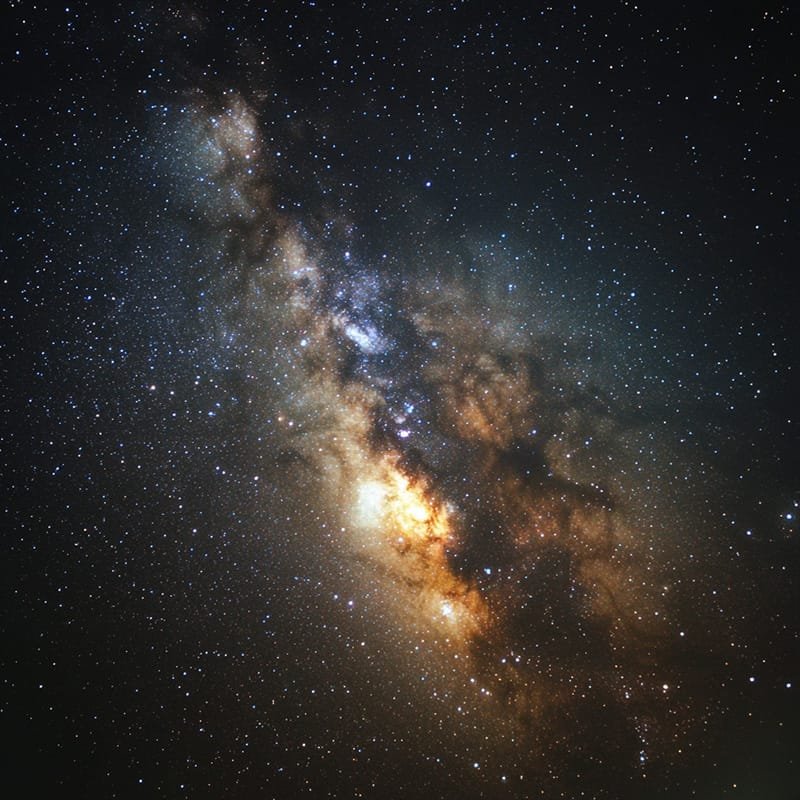Telescopes have played a crucial role in our understanding of the universe for centuries. They have allowed us to observe celestial objects that are millions or even billions of light-years away, giving us a glimpse into the vastness and beauty of the cosmos. The history of telescopes dates back to the early 17th century when Galileo Galilei made significant advancements in telescope technology. Since then, telescopes have evolved and become more powerful, enabling us to explore the depths of space like never before.
Telescopes work by collecting and focusing light, allowing us to see distant objects more clearly. They consist of an objective lens or mirror that gathers light and focuses it onto an eyepiece or camera. The larger the objective lens or mirror, the more light it can gather, resulting in a brighter and clearer image. Telescopes also use various optical elements to correct for aberrations and improve image quality.
The importance of telescopes in astronomy cannot be overstated. They have revolutionized our understanding of the universe and have allowed us to make groundbreaking discoveries. Telescopes have helped us study distant galaxies, observe planets in our solar system, track comets and asteroids, and identify new celestial objects. Without telescopes, our knowledge of the cosmos would be severely limited.
Key Takeaways
- Telescopes allow us to observe celestial objects beyond what the naked eye can see.
- There are three main types of telescopes: refracting, reflecting, and catadioptric.
- The moon’s craters can be viewed with a telescope, revealing details not visible to the naked eye.
- Planets and their moons in our solar system can also be observed with a telescope, providing a closer look at their features.
- Telescopes can be used to explore distant galaxies and nebulae, revealing stunning images of the universe.
The different types of telescopes available
There are three main types of telescopes: refracting telescopes, reflecting telescopes, and catadioptric telescopes.
Refracting telescopes use a lens as their primary objective to gather and focus light. They were the first type of telescope invented and were popularized by Galileo Galilei. Refracting telescopes are known for their crisp and clear images, but they can be quite large and expensive due to the need for large lenses.
Reflecting telescopes use a curved mirror as their primary objective instead of a lens. The mirror gathers and focuses light onto a secondary mirror, which then reflects the light into an eyepiece or camera. Reflecting telescopes are more affordable and easier to manufacture than refracting telescopes, making them popular among amateur astronomers.
Catadioptric telescopes combine both lenses and mirrors to gather and focus light. They use a combination of lenses and mirrors to correct for aberrations and improve image quality. Catadioptric telescopes are known for their compact size and versatility, making them a popular choice among astronomers.
Each type of telescope has its advantages and disadvantages, and the choice ultimately depends on the specific needs and preferences of the observer.
Viewing the moon and its craters
Observing the moon is a great way to start exploring the night sky with a telescope. The moon is our closest celestial neighbor and offers stunning views of its craters, mountains, and plains. It also provides an opportunity to practice setting up and aligning your telescope before moving on to more challenging objects.
To set up your telescope for moon viewing, start by finding a stable surface to place your telescope on. Make sure it is level and secure to prevent any vibrations that could affect the image quality. Next, attach the eyepiece to the telescope and adjust the focus until the moon appears sharp and clear.
When observing the moon’s craters, it is important to choose the right magnification for your telescope. Higher magnifications can make the craters appear larger, but they can also make the image dimmer and more susceptible to atmospheric turbulence. Experiment with different magnifications to find the best balance between size and clarity.
To enhance your moon viewing experience, consider using filters. Filters can help reduce glare and enhance contrast, allowing you to see more details on the lunar surface. A neutral density filter can be particularly useful for reducing the brightness of the moon without affecting its color.
Observing planets and their moons in our solar system
Observing planets in our solar system is another exciting aspect of telescope viewing. Planets offer a unique opportunity to see celestial objects that are relatively close to us and have distinct features. Each planet has its own characteristics, such as the rings of Saturn or the Great Red Spot on Jupiter, making them fascinating subjects for observation.
The best time to observe planets varies depending on their position in their orbits and their visibility from Earth. Generally, planets are visible throughout the year, but their visibility can be affected by factors such as the time of day and the observer’s location. It is important to consult a star chart or astronomy app to determine the best time to observe a specific planet.
When observing planets, it is important to use higher magnifications to see their features more clearly. However, atmospheric conditions can affect the image quality, especially when observing planets low on the horizon. To minimize the effects of atmospheric turbulence, try observing planets when they are higher in the sky and the air is more stable.
To enhance your planetary viewing experience, consider using color filters. Color filters can help bring out specific features on a planet’s surface or in its atmosphere. For example, a red filter can enhance the contrast of Martian surface features, while a blue filter can reveal details in Jupiter’s cloud bands.
Exploring distant galaxies and nebulae
Observing galaxies and nebulae is like peering into the depths of space and witnessing the birth and death of stars. Galaxies are vast collections of stars, gas, and dust, while nebulae are clouds of gas and dust where new stars are born. Both offer breathtaking views and provide valuable insights into the processes that shape our universe.
To locate galaxies and nebulae, it is important to have a dark sky free from light pollution. Light pollution can wash out faint objects and make them difficult to observe. Consider traveling to a remote location or using light pollution filters to improve your viewing conditions.
Once you have found a suitable location, consult a star chart or astronomy app to identify the position of the galaxy or nebula you want to observe. Use low magnifications to locate the object, and then gradually increase the magnification to see more details. Patience is key when observing galaxies and nebulae, as they can be faint and require time for your eyes to adapt to the darkness.
To enhance your views of galaxies and nebulae, consider using narrowband filters. Narrowband filters allow specific wavelengths of light to pass through, highlighting the emission lines of certain elements in nebulae. This can reveal intricate details and structures that are otherwise invisible.
Identifying constellations and stars

Identifying constellations and stars is an essential skill for any aspiring astronomer. Constellations are patterns of stars that form recognizable shapes in the night sky. They have been used for navigation and storytelling for thousands of years and continue to captivate our imagination.
To locate constellations and stars, start by familiarizing yourself with the major constellations visible from your location. Use a star chart or astronomy app to identify their positions and learn their names. Once you can recognize the major constellations, you can start connecting the dots and identifying smaller patterns within them.
To help locate constellations and stars, consider using a red flashlight or a smartphone app with a red filter. Red light does not affect your night vision as much as white light, allowing you to see fainter stars and constellations more clearly.
When identifying stars, it is important to know their magnitudes. Magnitude is a measure of a star’s brightness, with lower numbers indicating brighter stars. The brightest stars in a constellation are often referred to as “alpha” or “beta” stars, while the fainter ones are designated with Greek letters.
Tracking comets and asteroids
Tracking comets and asteroids can be a thrilling experience, as these objects are constantly moving through the solar system. Comets are icy bodies that develop a glowing coma and sometimes a tail when they approach the Sun, while asteroids are rocky objects that orbit the Sun.
To locate comets and asteroids, consult a star chart or astronomy app to determine their positions. Unlike stars and constellations, comets and asteroids can change their positions significantly over time, so it is important to have up-to-date information.
Once you have located a comet or asteroid, use low magnifications to observe its overall shape and structure. Comets often have a fuzzy appearance due to their coma and tail, while asteroids appear as small points of light. Gradually increase the magnification to see more details, such as the nucleus of a comet or the shape of an asteroid.
To enhance your views of comets and asteroids, consider using a narrowband filter. Narrowband filters can help reduce the glare from nearby stars and improve contrast, allowing you to see more details on the comet or asteroid.
Discovering new celestial objects
Discovering new celestial objects is an exciting endeavor that allows amateur astronomers to contribute to scientific research. While discovering a new planet or galaxy may be rare, there are still plenty of opportunities to find new comets, asteroids, or even variable stars.
To locate new celestial objects, start by observing known objects in the night sky. Use star charts or astronomy apps to identify their positions and characteristics. Once you are familiar with the known objects in a particular area, you can start searching for anything that looks out of the ordinary.
To increase your chances of discovering new celestial objects, consider joining a citizen science project or collaborating with other amateur astronomers. These collaborations can provide valuable guidance and resources to help you make meaningful contributions to scientific research.
Enhancing your viewing experience with telescope accessories
Telescope accessories can greatly enhance your viewing experience and allow you to see more details on celestial objects. There are various types of telescope accessories available, each serving a specific purpose.
Eyepieces are one of the most common telescope accessories and come in different focal lengths. They determine the magnification and field of view of your telescope. Experimenting with different eyepieces can help you find the best balance between magnification and clarity for a particular object.
Filters are another useful accessory for telescopes. They can enhance contrast, reduce glare, and highlight specific features on celestial objects. There are different types of filters available, such as color filters, neutral density filters, and narrowband filters, each serving a specific purpose.
Barlow lenses are optical devices that increase the effective focal length of your telescope, resulting in higher magnifications. They are particularly useful for observing planets and other small objects that require high magnifications to see details.
Collimation tools are essential for maintaining the alignment of the mirrors or lenses in your telescope. Regular collimation ensures that your telescope is performing at its best and producing sharp and clear images.
Tips for successful telescope viewing
To make the most of your telescope viewing experience, it is important to follow some tips and best practices.
Proper telescope maintenance is crucial for optimal performance. Keep your telescope clean and free from dust or debris that could affect image quality. Store it in a dry and secure place to prevent damage.
When setting up your telescope, make sure it is stable and level to prevent any vibrations that could affect image stability. Use a sturdy tripod or mount to ensure a steady view.
When observing celestial objects, take your time to let your eyes adapt to the darkness. Avoid looking at bright lights or using white light sources, as they can affect your night vision.
Experiment with different eyepieces, filters, and magnifications to find the best combination for a particular object. Keep in mind that higher magnifications may not always result in better views, especially under poor atmospheric conditions.
Telescopes have revolutionized our understanding of the universe and have allowed us to explore the depths of space like never before. They have enabled us to observe distant galaxies, study planets in our solar system, track comets and asteroids, and identify new celestial objects. Telescopes come in different types, each with its advantages and disadvantages, and can be enhanced with various accessories to improve the viewing experience.
Whether you are a seasoned astronomer or just starting out, observing celestial objects with a telescope is a rewarding and awe-inspiring experience. It allows us to connect with the vastness and beauty of the cosmos and provides valuable insights into the workings of the universe. So grab your telescope, head outside on a clear night, and start exploring the wonders of the night sky.
If you’re fascinated by the wonders of the universe and want to delve deeper into the subject, you’ll be thrilled to discover “The Universe Episodes.” This website offers a wealth of information about space exploration, astronomy, and everything in between. In their blog section, you can find an intriguing article titled “Unveiling the Mysteries of Dark Matter.” This thought-provoking piece explores the enigmatic nature of dark matter and its significance in our understanding of the cosmos. If you’re eager to expand your knowledge and explore the unknown, this article is a must-read. Check it out here.
FAQs
What is a telescope?
A telescope is an instrument used to observe distant objects by collecting and focusing light.
What can you see with a telescope?
With a telescope, you can see celestial objects such as stars, planets, galaxies, nebulae, and comets.
What are the types of telescopes?
There are three main types of telescopes: refracting telescopes, reflecting telescopes, and catadioptric telescopes.
What is the difference between refracting and reflecting telescopes?
Refracting telescopes use lenses to bend and focus light, while reflecting telescopes use mirrors to reflect and focus light.
What is the magnification power of a telescope?
The magnification power of a telescope is the ratio of the focal length of the objective lens or mirror to the focal length of the eyepiece.
What is the aperture of a telescope?
The aperture of a telescope is the diameter of its objective lens or mirror, which determines the amount of light it can gather and its resolving power.
What is the resolving power of a telescope?
The resolving power of a telescope is its ability to distinguish between two closely spaced objects, which depends on its aperture and the wavelength of light.
What is the best time to use a telescope?
The best time to use a telescope is during clear and dark nights, away from light pollution, and when the objects of interest are visible in the sky.
























